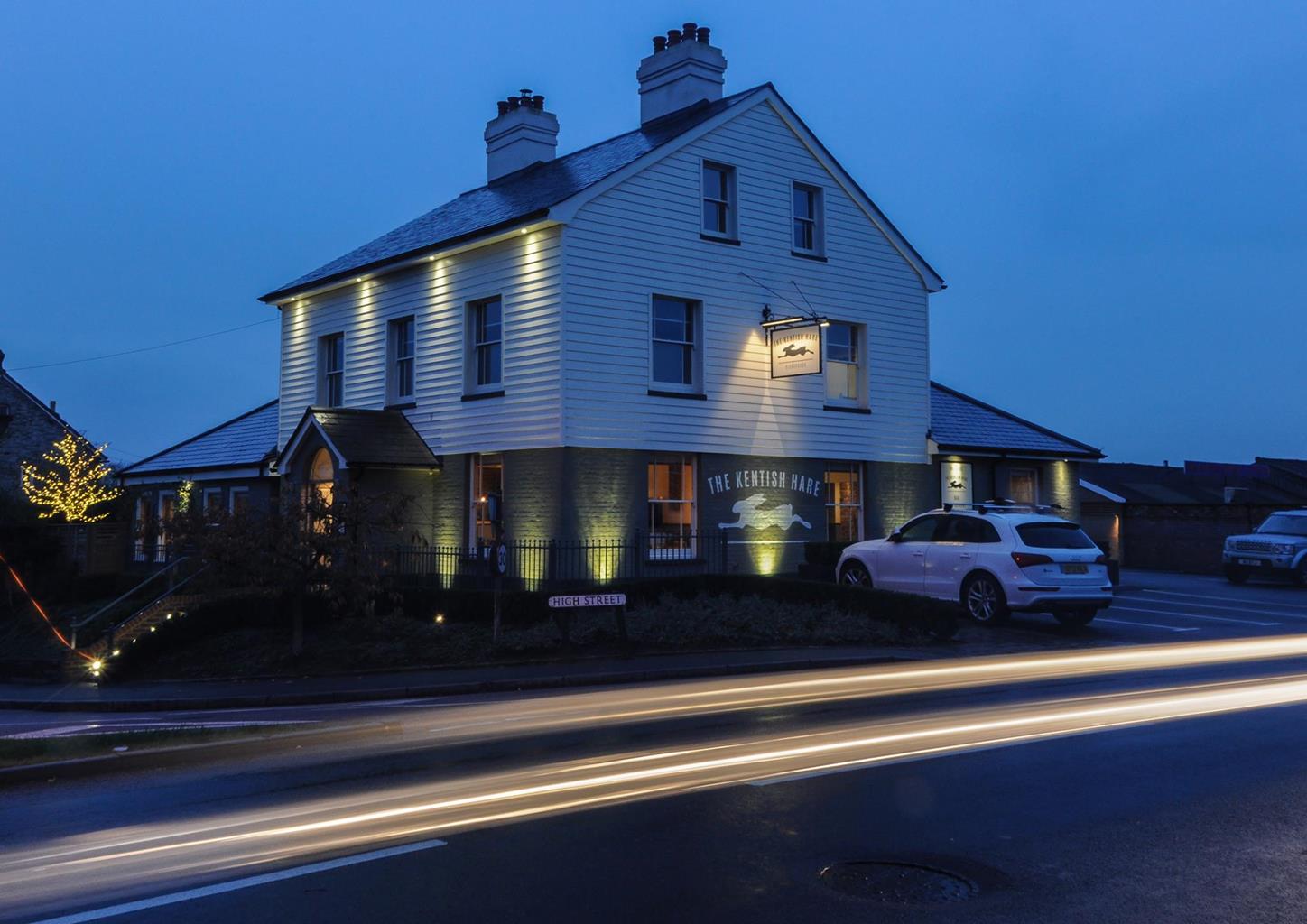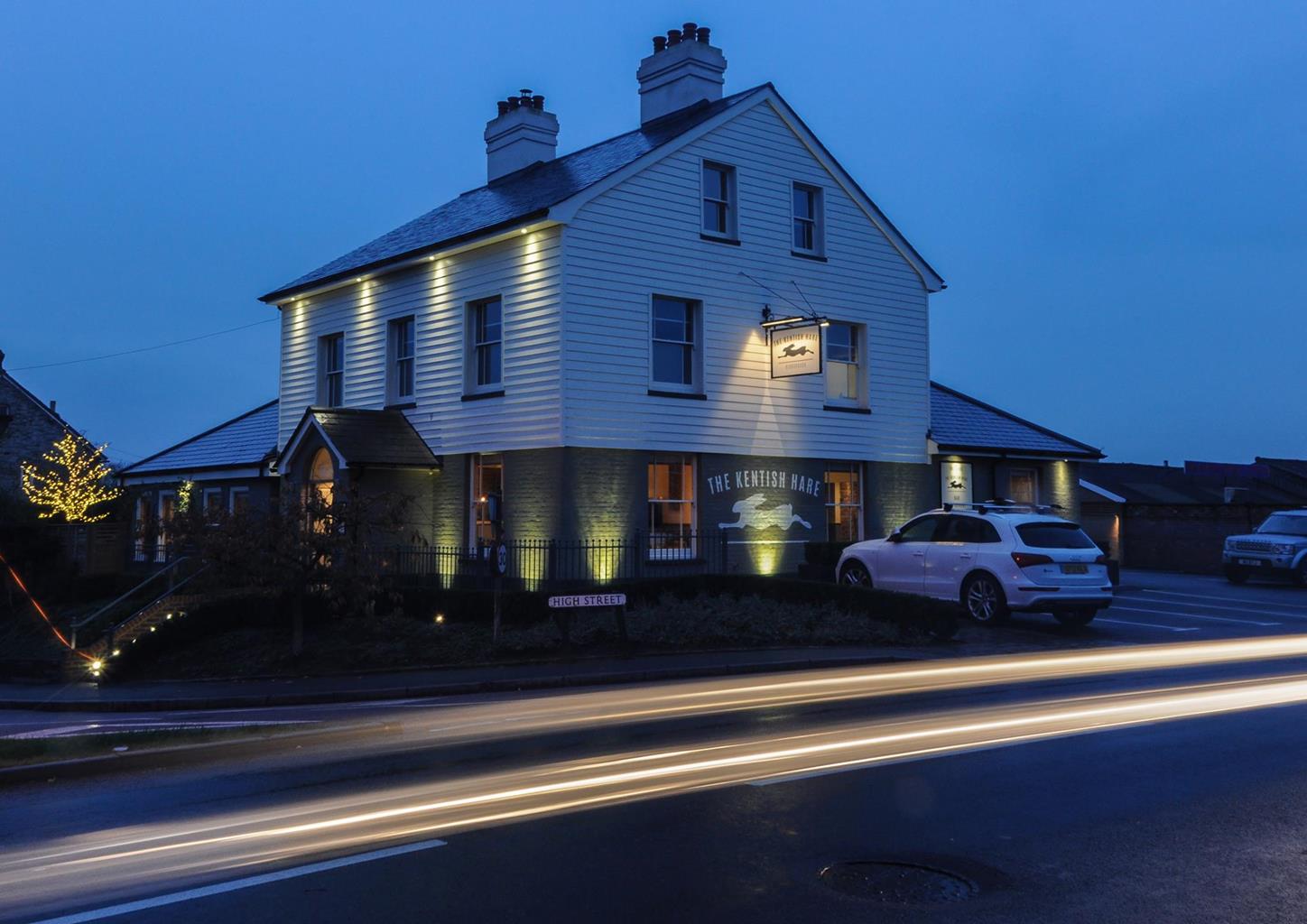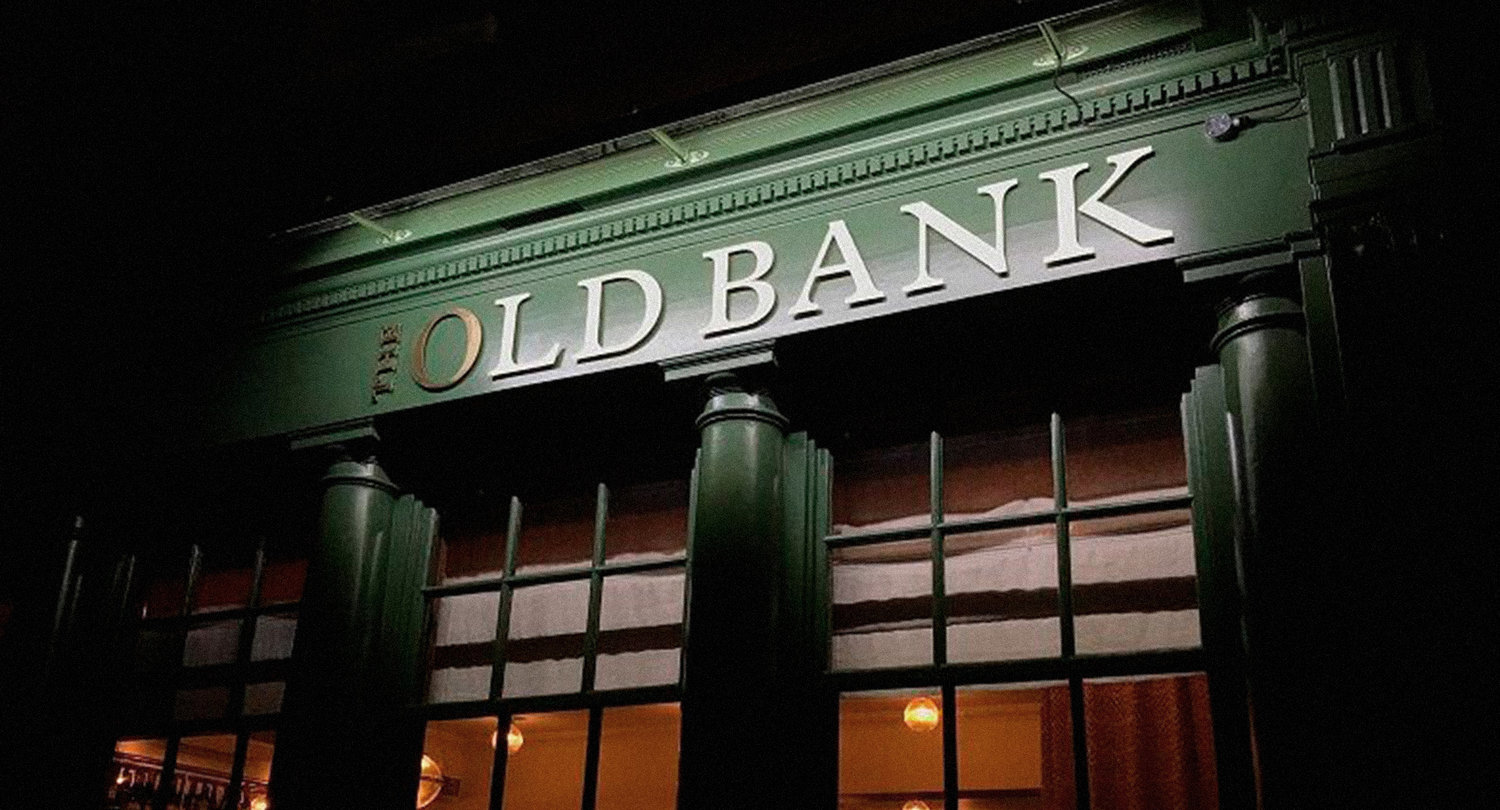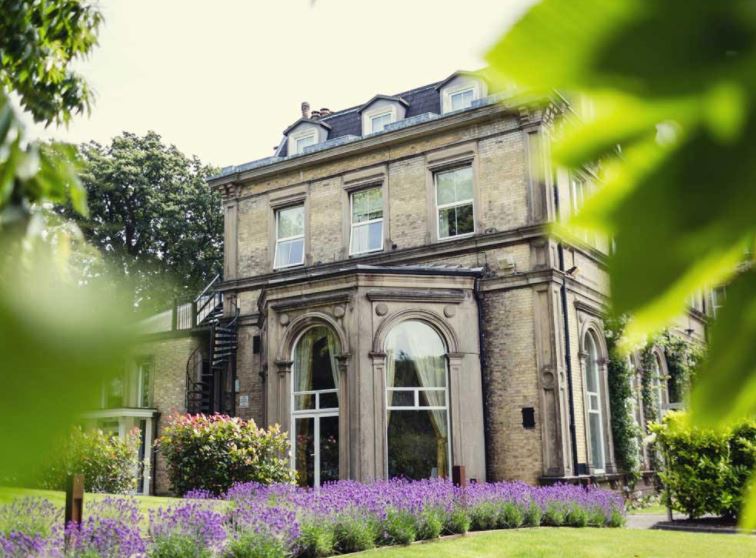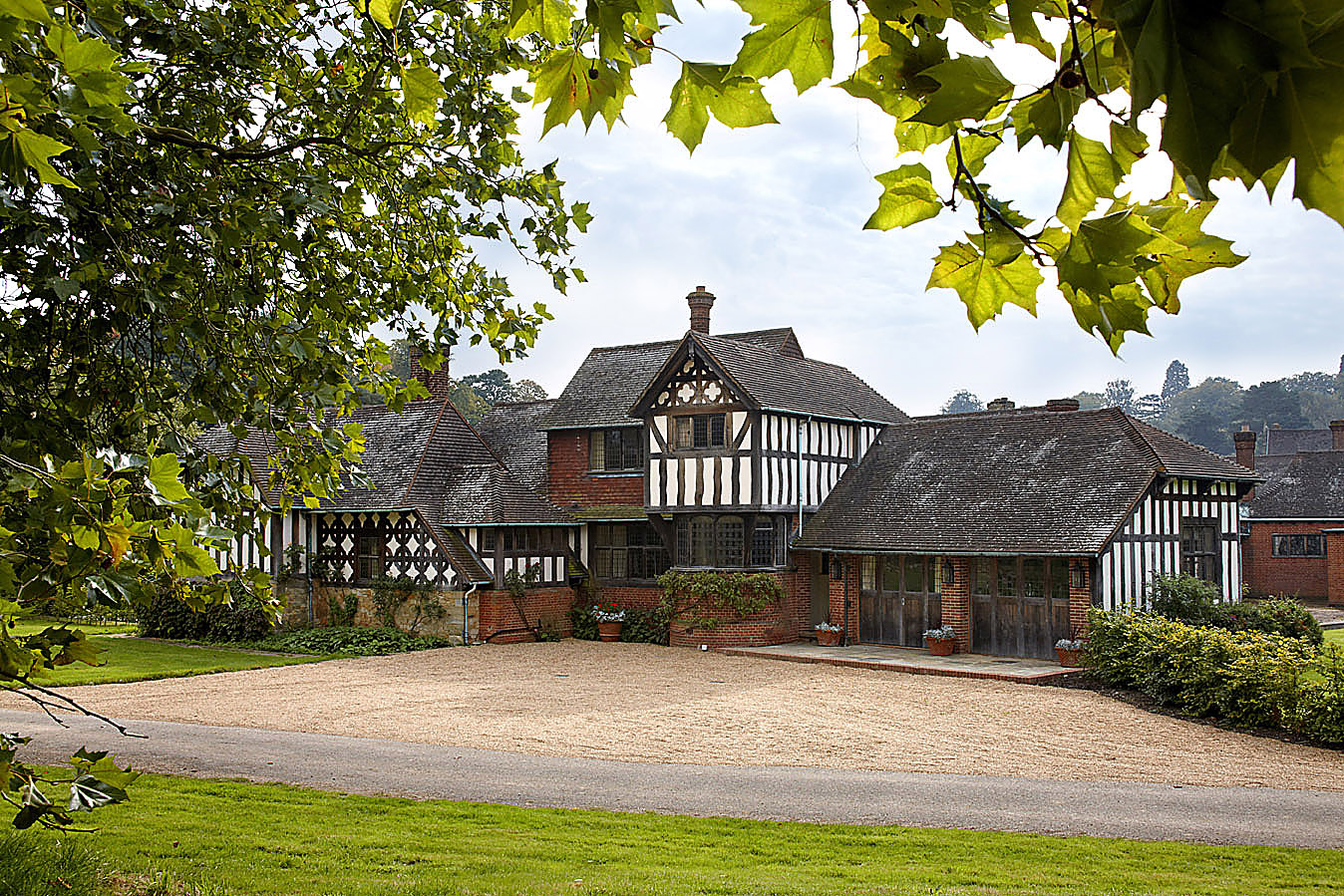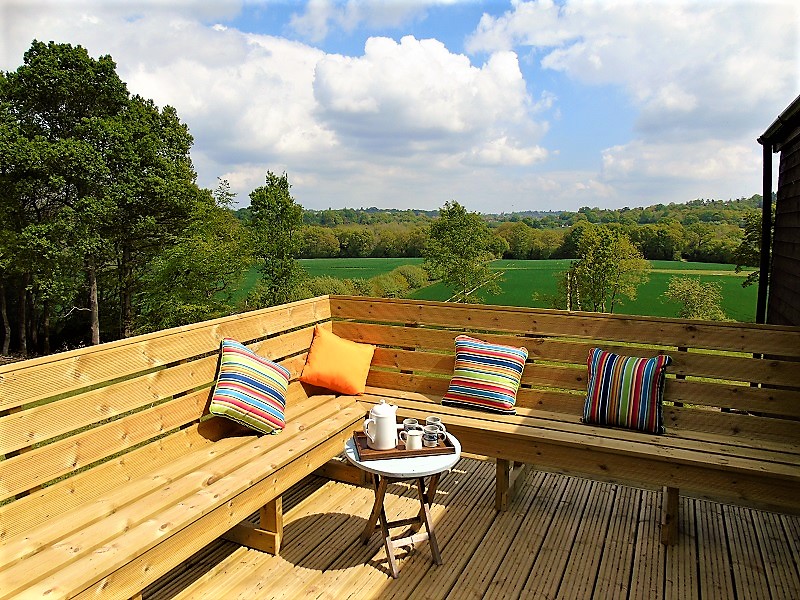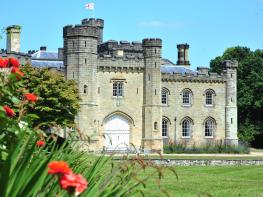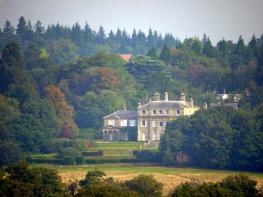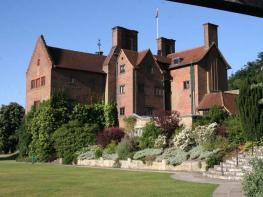Hever Castle in Kent offers 27 luxury bedrooms, each with its own unique charm and character.…
Royal passion at Hever

4 miles (6.4kms)
About the walk
As celebrity couples go, you really can't beat the romance and tragedy of the relationship between Henry VIII and Anne Boleyn. This walk seems to remind you of them with every step, for it starts right next to Hever Castle, Anne's home and the place where the courtship took place.
Henry and Anne Bullen, as she was then, first met at court, where Anne was lady-in-waiting to the Queen, Catherine of Aragon. Anne was a sophisticated woman who had spent much of her life in France, and she soon caught the eye of a young nobleman Lord Henry Percy. However, the King disapproved of the match and Anne was sent home to Hever, and her father then sent her overseas. When she returned to Hever in 1525 she found that her father was swamped with honours from the King, largely as recompense for the fact that both Mary, his eldest daughter, and (it was whispered) his wife had become Henry's mistresses.
Henry, desperate for a male heir and looking for a new lover, now turned his attentions to Anne, with whom he rapidly became obsessed. She was fashionable and vivacious and made other women look rather dowdy. She also had an extra finger on her left hand – which her enemies said was a sign that she was a sorceress. Henry began to visit her at Hever, turning up unannounced with a vast entourage of servants and advisers.
Some say Anne was ambitious and refused to become the King's mistress because she wanted to be queen. Others suggest it would have been extremely difficult to repel Henry's advances. He proposed in 1527 but Anne declined – he was still married. Henry became keener and, in defiance of the Pope, divorced his wife and established the Church of England. He married Anne, who was now pregnant and she changed her name to the regal sounding Boleyn. She gave birth to a daughter, later to become Elizabeth I. She suffered several miscarriages and Henry, more desperate than ever for a son, became furious and claimed Anne had bewitched him. He had her imprisoned, accusing her of adultery with five men. She was found guilty of treason and beheaded on 19th May, 1536. Shortly afterwards Henry married Jane Seymour, Anne's lady-in-waiting.
Walk directions
Walk under the lychgate and go through the churchyard following the Eden Valley Walk. The path goes downhill, across a bridge and soon becomes a narrow path parallel to the road, offering occasional glimpses of the lake at Hever Castle. It might look as if it has always been here, yet it was created by William Waldorf Astor when he bought the castle in 1903. The path now bends round, goes through woodland, across another bridge and finally opens out.
Pass beside a gate at houses, bear right and take the Eden Valley Walk to the left of Bothy Cottage. Follow the fenced path to a road.
Cross over and continue along the enclosed path, which can get very muddy, crossing a stile and a footbridge. Ascend steps, join a gravel path and keep left at the junction, heading down to a gate and track at Hill Hoath.
From here you can choose to extend the walk and visit Chiddingstone, a tiny, picture book Tudor village owned by the National Trust. Walk ahead, pass the picturesque cottages, turn right at the end of the short track, then bear left to walk between farm buildings, passing two cottages on your left. Cross a stile, walk past a pond and keep ahead to a further stile and turn left then diagonally right across the centre of the field, heading up to the brow of the hill. You'll see Chiddingstone church peering down on you. Follow the path to the road. To continue along the main walk, now leave the Eden Valley Walk to turn back to the right and go through the gap by the large gate, so that you seem to be doubling back on yourself. In a few paces, cross the stile on the left and follow the path uphill to a further stile. Turn left along the narrow, fenced path, which leads you into woodland.
Keep ahead on reaching a junction of footpaths. Note that this can be exceptionally muddy. Continue down this track, passing through two areas of woodland until you come to a road.
Turn right here and walk to Wilderness Farm, then take the road that leads to the left opposite the farm. At another road turn right then right again along Pigdown Lane. In 0.25 miles (400m), cross the waymarked stile on the left and go straight down the field to go through a metal gate and cross a stile. Bear right along the field edge to double stiles.
Continue ahead, enter the next field, passing to the left of a pond, and maintain direction to a gate and road. Turn left then take the footpath on the right. Follow this back into Hever.
Additional information
Paths, grassy tracks and field-edges, some roads, many stiles
Woodland and open fields
Plenty of sections where they can run free
OS Explorer 147 Sevenoaks & Tonbridge
Car park by Hever Castle
At car park
WALKING IN SAFETY
Read our tips to look after yourself and the environment when following this walk.
Find out more
Also in the area
About the area
Discover Kent
The White Cliffs of Dover are an English icon – the epitome of our island heritage and sense of nationhood. They also mark the point where the Kent Downs AONB, that great arc of chalk downland stretching from the Surrey Hills and sometimes known as ‘the Garden of England’, finally reaches the sea. This is a well-ordered and settled landscape, where chalk and greensand escarpments look down into the wooded Weald to the south.
Many historic parklands, including Knole Park and Sir Winston Churchill’s red-brick former home at Chartwell, are also worth visiting. Attractive settlements such as Charing, site of Archbishop Cranmer’s Tudor palace, and Chilham, with its magnificent half-timbered buildings and 17th-century castle built on a Norman site, can be found on the Pilgrim’s Way, the traditional route for Canterbury-bound pilgrims in the Middle Ages.
In the nature reserves, such as the traditionally coppiced woodlands of Denge Wood and Earley Wood, and the ancient fine chalk woodland of Yockletts Bank high on the North Downs near Ashford, it is still possible to experience the atmosphere of wilderness that must have been felt by the earliest travellers along this ancient ridgeway.
Nearby stays
Restaurants and Pubs
Nearby experiences
Recommended things to do
Why choose Rated Trips?
Your trusted guide to rated places across the UK
The best coverage
Discover more than 15,000 professionally rated places to stay, eat and visit from across the UK and Ireland.
Quality assured
Choose a place to stay safe in the knowledge that it has been expertly assessed by trained assessors.
Plan your next trip
Search by location or the type of place you're visiting to find your next ideal holiday experience.
Travel inspiration
Read our articles, city guides and recommended things to do for inspiration. We're here to help you explore the UK.


